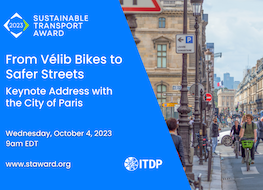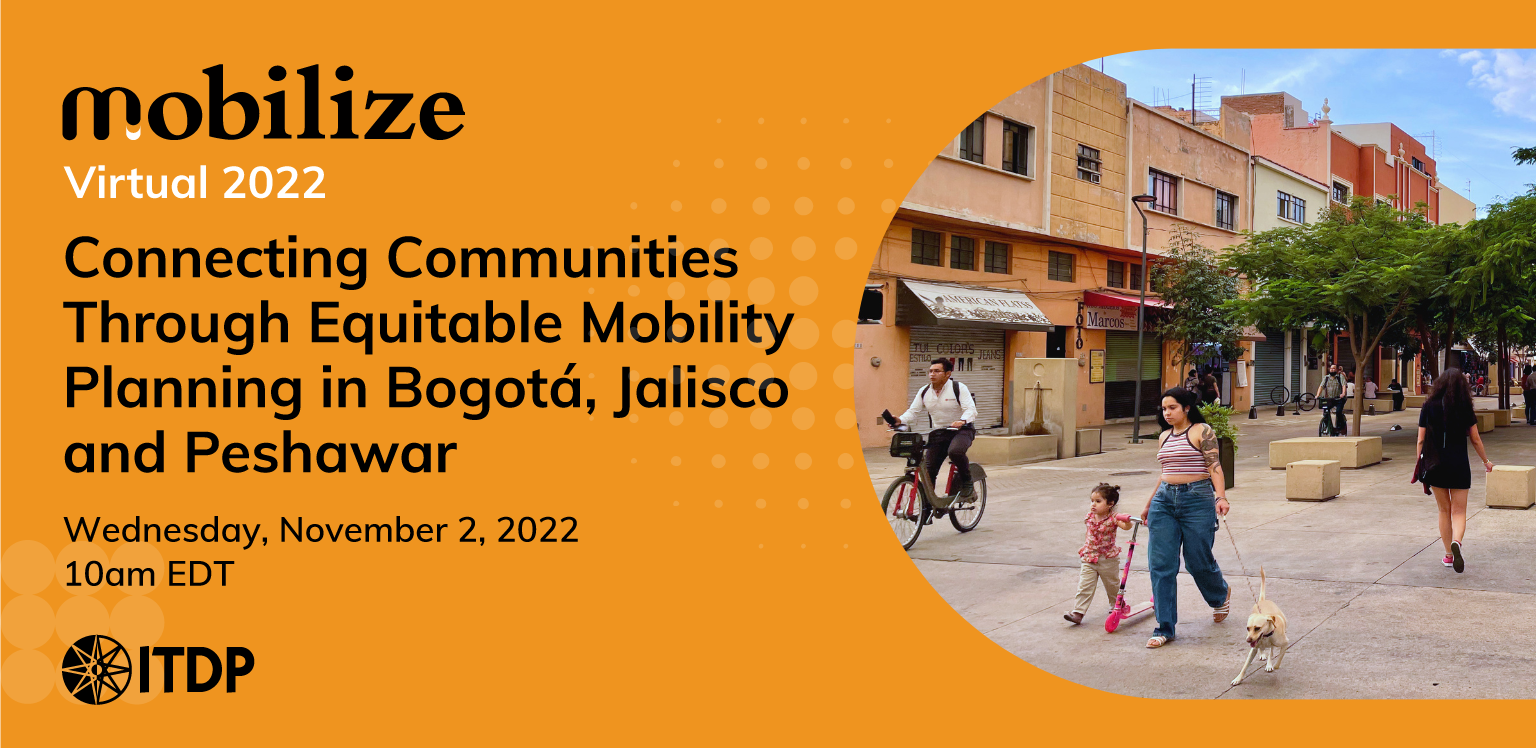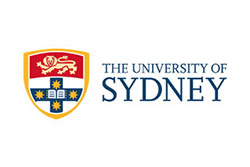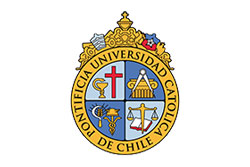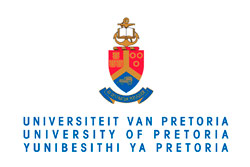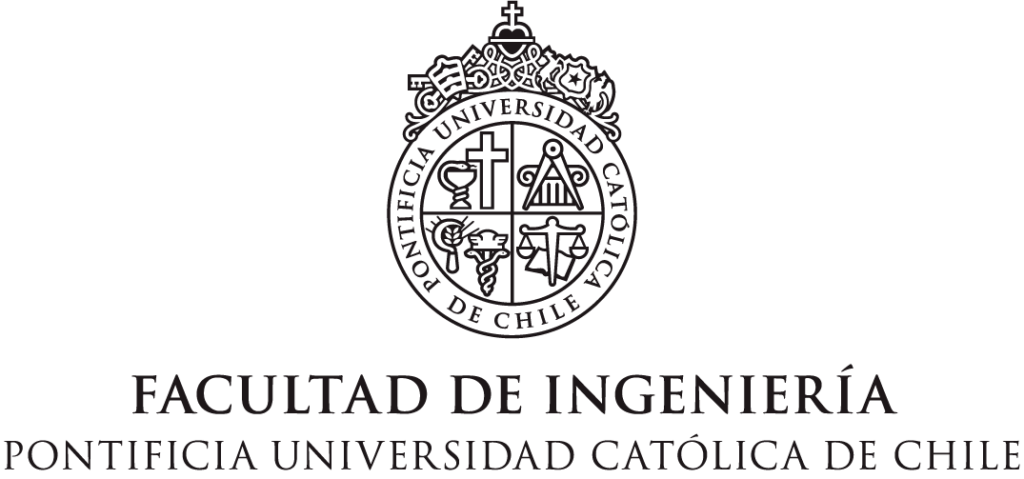Source: The University of Sydney News
It’s a familiar sight: roads packed to the horizon with cars barely moving at all. Whether in Sydney, Lisbon or Chile, traffic jams are part and parcel of urban life.
But now there may be an alternative, with new research in efficient and sustainable public transport being conducted by David Hensher and Corinne Mulley at the University’s Institute of Transport and Logistics Studies.
As part the network Across Latitudes and Cultures – Bus Rapid Transit (ALC-BRT), Professor Hensher and Professor Mulley are collaborating with partners from Chile, Portugal, Brazil and America.
Bus rapid transit (BRT) is a system of enhanced bus services that combines dedicated bus lanes with quality bus stations. With faster delivery and greater network coverage than rail-based transport for the equivalent financial outlay, BRT offers a sustainable solution to public transport, especially in developing countries.
In South American countries, where levels of car ownership are significantly lower than in Australia, BRT has proven popular with commuters who depend on public transport to get to work. Professor Hensher and Professor Mulley’s work in South America includes delivering workshops to ensure successful BRT implementation.
Professor Mulley says: «In the lead-up to the Olympic Games in Brazil, new BRT infrastructure has been hugely successful as it offers more reach and coverage than rail-based transport.»
Despite the success of BRT in other parts of the world, Australian cities have not warmed to it. Professor Mulley says: «There’s a common perception that light rail is better on emissions than buses, but new buses can actually be zero emission vehicles.»
Professor Hensher adds: «Our research shows that the public perceive BRT as offering much better network coverage than rail based systems.»
Professor Mulley says: «With Australia’s comparatively low-density territory and high rates of car use, we don’t get to see BRT at its best. However, BRT forms the backbone of public transport routes in places like Sydney’s M2 corridor and in Brisbane, where there is more than one bus every two minutes. The success of BRT means that we could possibly implement better public transport in areas like Sydney’s northern beaches.»



